They Cloned Tyrone seems like one of those movies like I Was a Teenage Werewolf or Snakes on a Plane where they came up with the title and worked backwards. Not that there’s anything wrong with that. I mean, have you seen Sharknado? They made six of them!
Whatever method director Juel Taylor and Tony Rettenmaier used to come up with the concept, they should keep doing it. To me, They Cloned Tyrone is a very pure form of science fiction. Even after towering masterpieces like Frankenstein, Twenty Thousand Leagues Under the Sea, and The War of the Worlds, sci-fi struggled to gain acceptance in the literary mainstream. The genre was mostly relegated to cheap pulp magazines with pictures of little green men menacing scantily clad women on the cover. But many of the stories inside those lurid covers, from Isaac Asimov’s Foundation to Philip K. Dick’s “We Can Remember It for You Wholesale,” were serious works of art.
They Cloned Tyrone leans hard into disrepute with an appropriately sleazy Blaxploitation setup: Fontaine (John Boyega) is running a two-bit drug trafficking operation that is threatened by his better-capitalized rival Isaac (J. Alphonse Nicholson). One typical day on the job, he violently evicts one of Isaac’s guys from his territory and shakes down pimp Slick Charles (Jamie Foxx) and his ho Yo-Yo (Teyonah Parris) for some money he’s owed. But after the shakedown winds down, Isaac’s enforcers catch up with Fontaine. Slick Charles and Yo-Yo see him gunned down in the parking lot. They’re shocked when Fontaine shows up the next day, none the worse for wear, demanding the money they already paid him.
Fontaine, it seems, is a clone. But who cloned him, and why? (We meet Tyrone much later in the story. Spoiler: He’s a clone, too.) Yo-Yo obsessively collects Nancy Drew books, and she’s itching to play girl detective in real life. The three not-quite friends start to see weirdness everywhere; little things they overlooked or took for granted start to take on a sinister aura. What is fake and what is real starts to get hazy. So does the question of who is fake and who is real. And just because you’re a clone, does that mean you’re not you? Since Fontaine is a clone — albeit one with a mixture of fake and real memories — whose side is he really on? Does he even know?
Imagine if Philip K. Dick wrote Hustle & Flow, and you’ll get a sense of what They Cloned Tyrone is like. Taylor is heavily influenced by Craig Brewer’s Memphis hip-hop opus. Parris plays Yo-Yo with the same sass-mouth accent Paula Jai Parker used as Lexus. Yo-Yo even says she’s just trying to get enough money to get back to Memphis. Very relatable.
Throwing DJay and Shug into They Live in the hood makes for some wildly entertaining scenes. But Taylor and Rettenmaier have a lot more on their minds than trash talk and jump scares. They stretch their premise into allegory like Jordan Peele, whose epochal Us is another clear influence.
Three near-perfect performances from Boyega, Foxx, and Parris keep all the plates spinning. When confronted by big weirdness, they freak out appropriately, then get down to the business of saving their hood. Boyega plays multiple scenes with himself but never looks like he’s bluescreening it in. Foxx’s “Playboy World Pimp Champion 1995” is funny but never demeaning. (Get well soon, Jamie Foxx! The world needs you!) Parris is constantly revealing new layers of Yo-Yo, who is largely responsible for keeping the plot moving forward. In the final act, when the screenplay starts to struggle to stick the landing, all the hard work the actors have done keeps the increasingly strange proceedings grounded in reality. They Cloned Tyrone smuggles gold inside a trash bag as only good sci-fi can.
They Cloned Tyrone is streaming on Netflix.
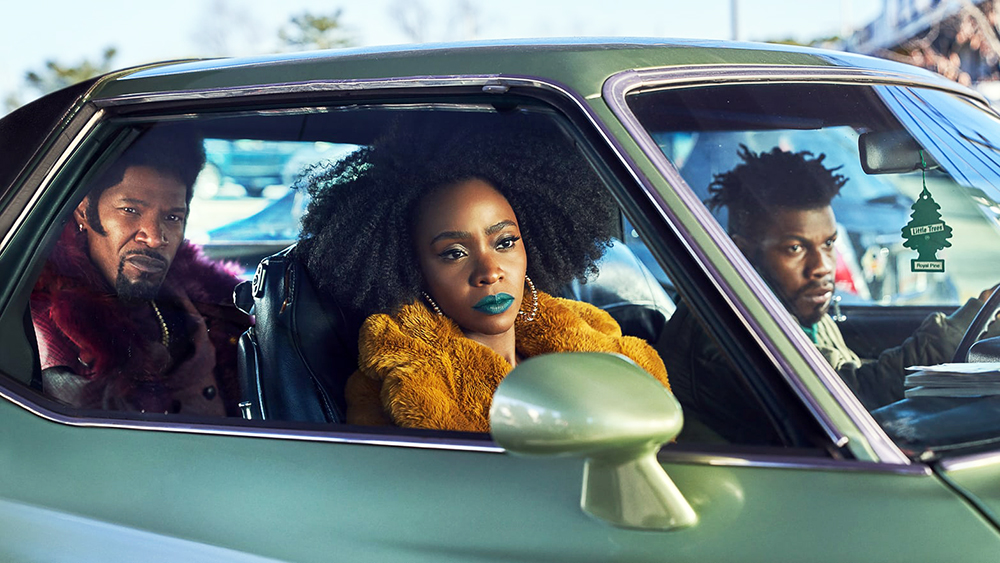

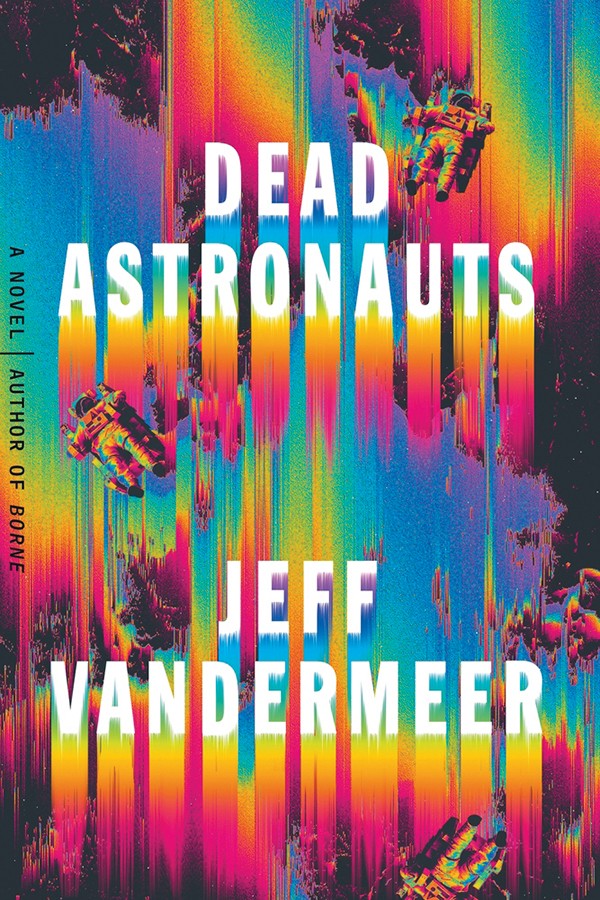
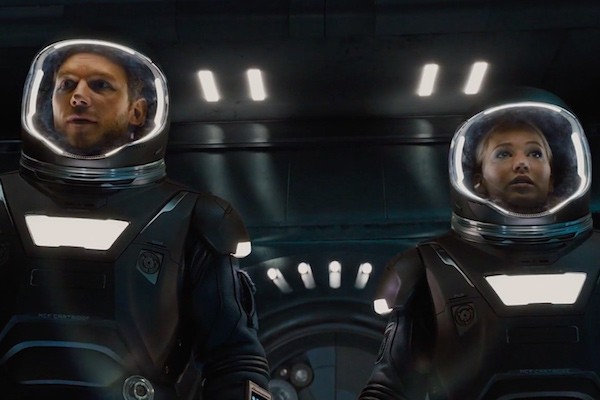
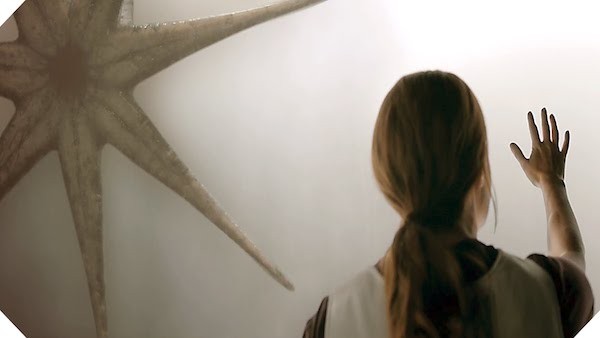
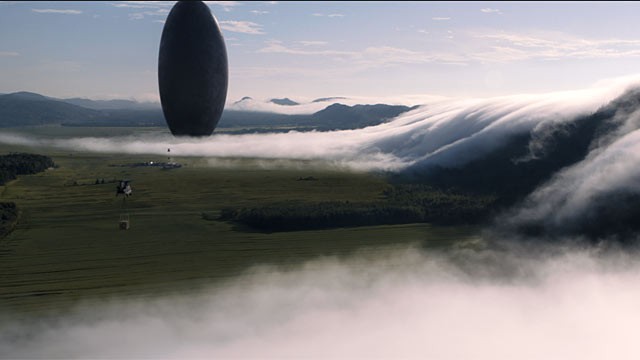

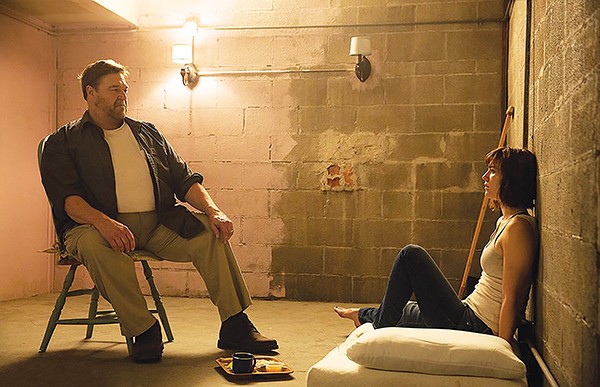
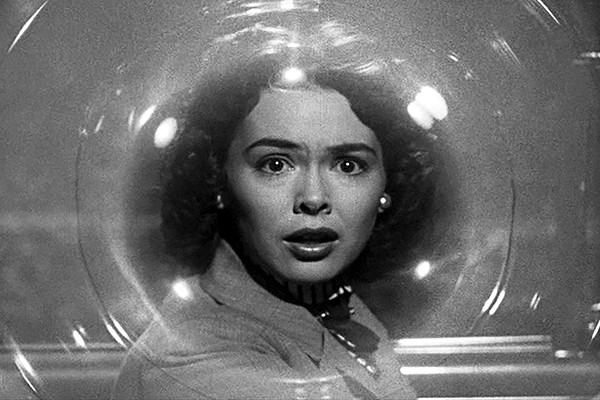

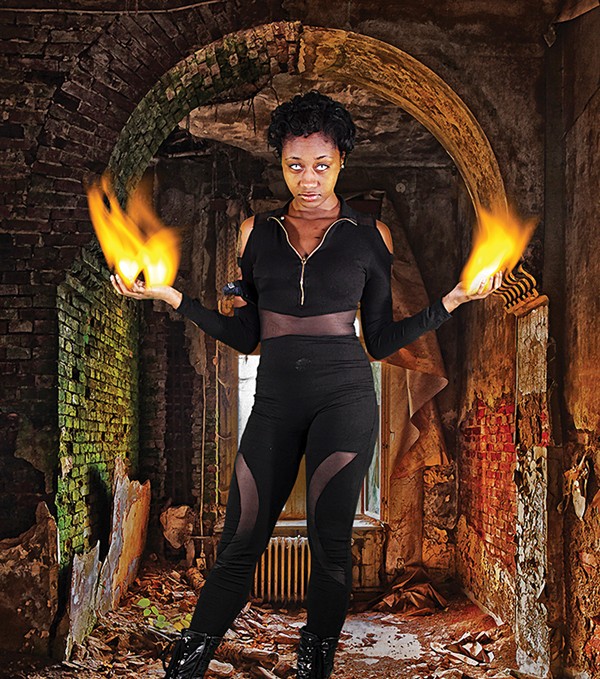
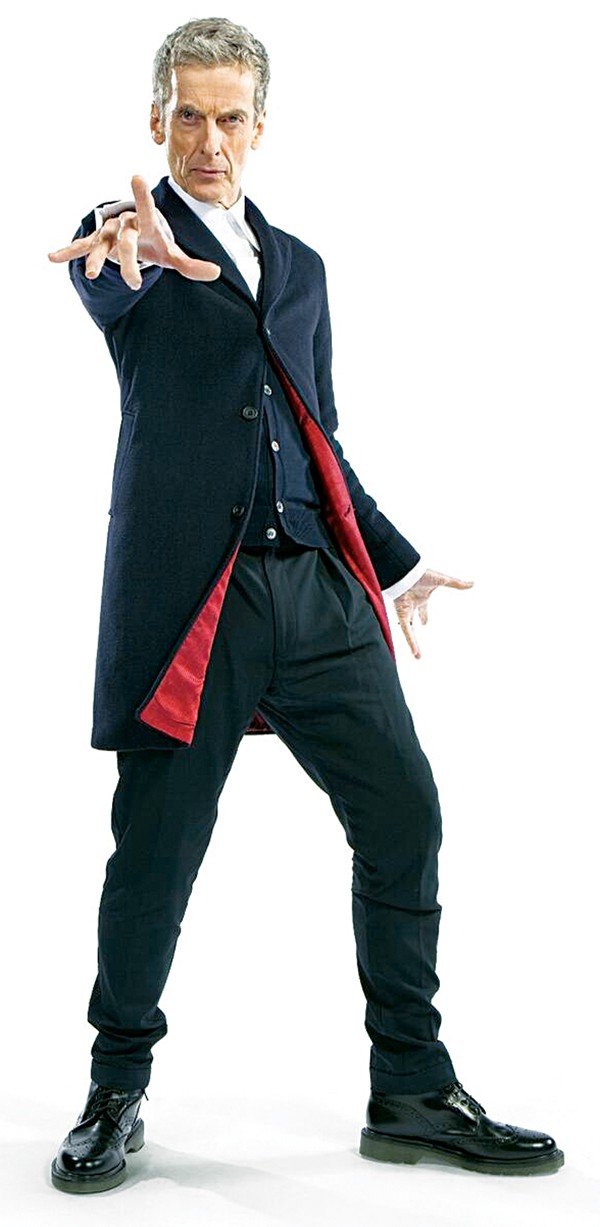 BBC.co.uk/doctorwho
BBC.co.uk/doctorwho